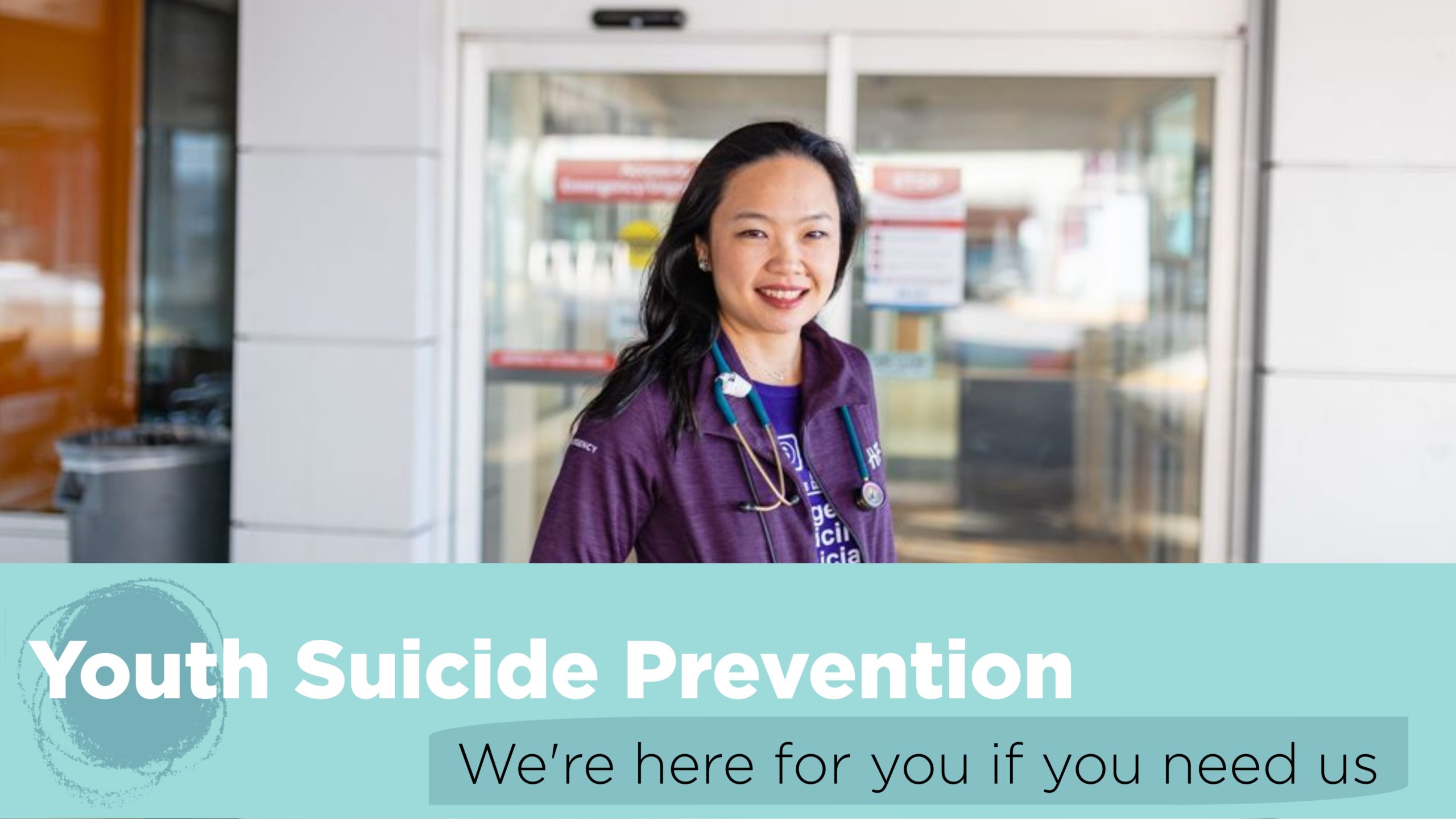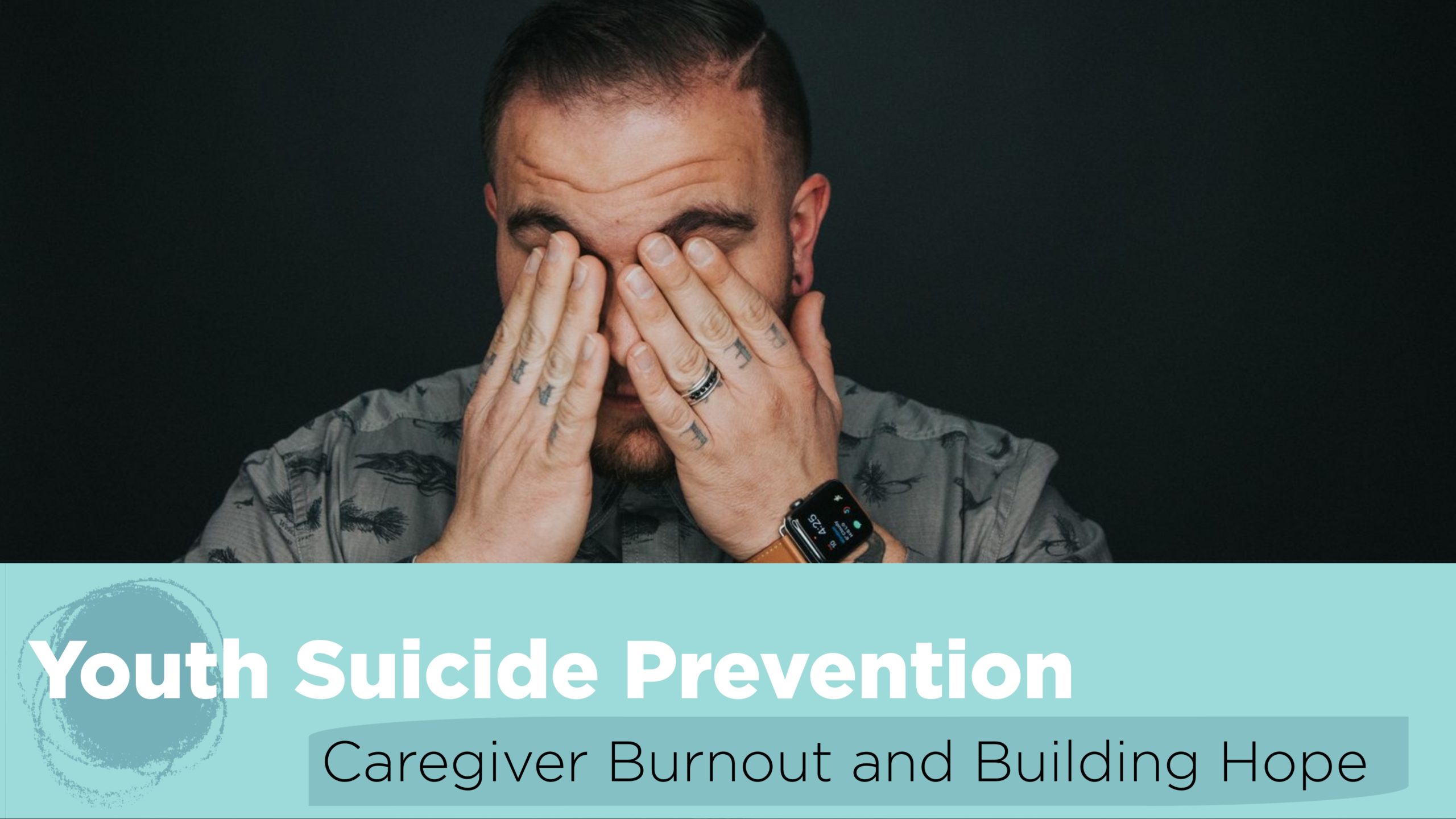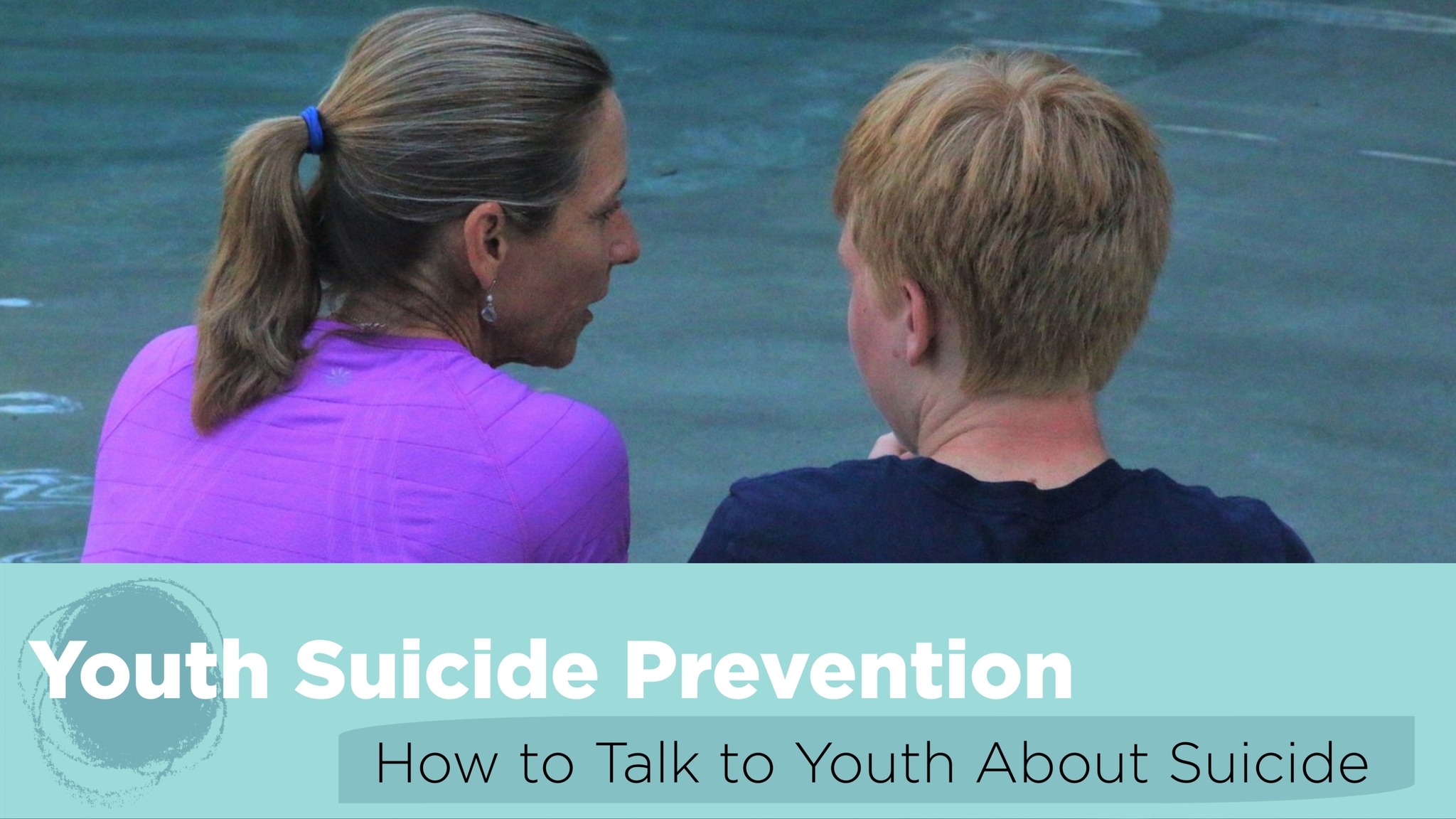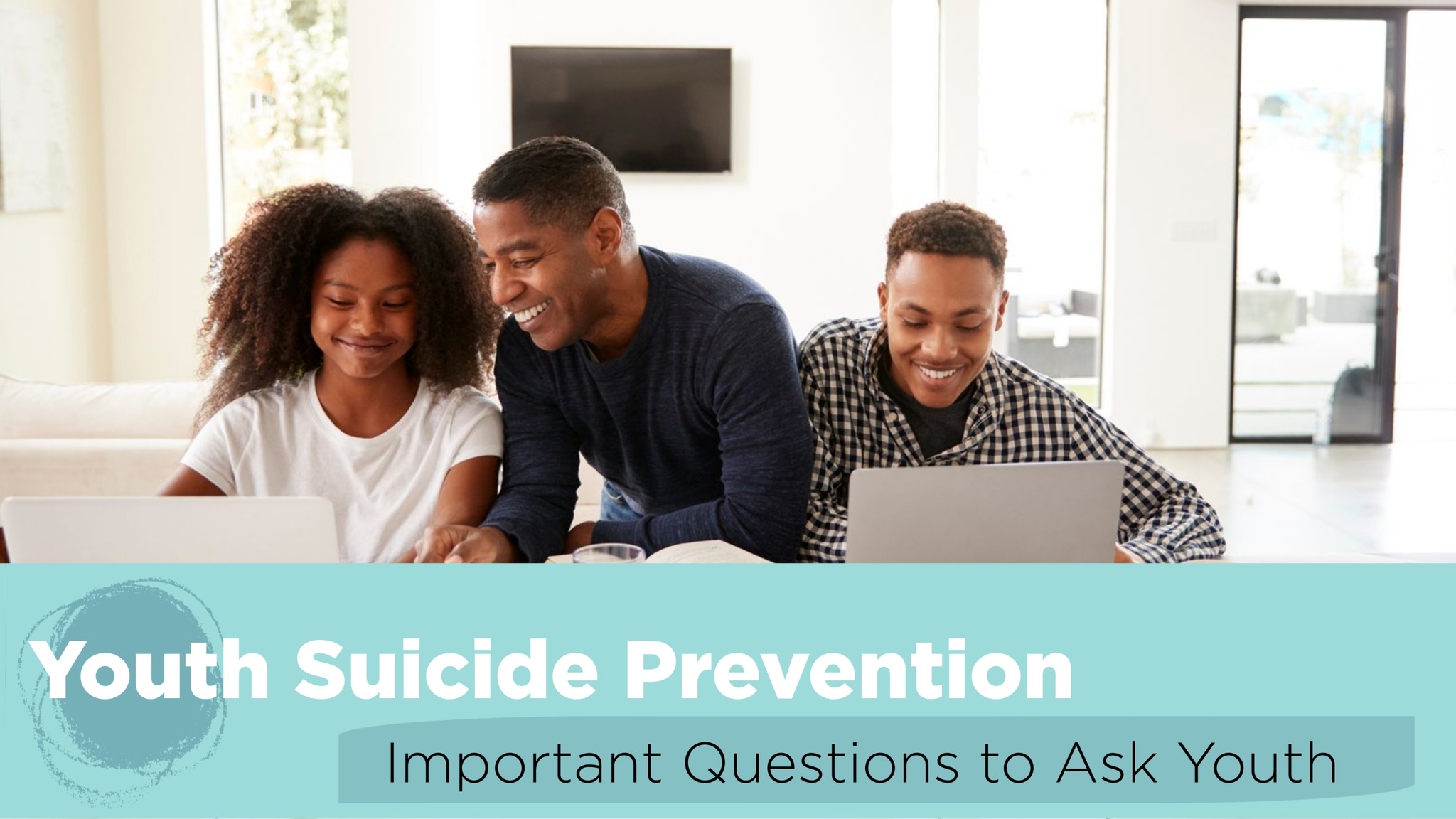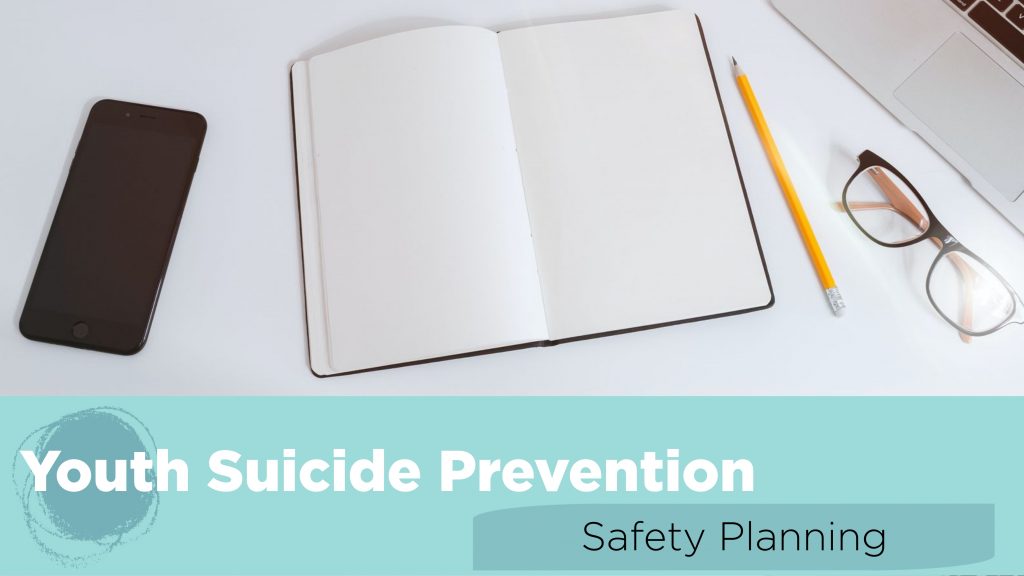
Youth suicide prevention series: Safety planning
By Caden Craig, registered social worker, McMaster Children’s Hospital Child & Youth Mental Health Program
Safety plan: what to do during a crisis
When a young person has disclosed that they’ve been having thoughts about wanting to die or that they want to harm or kill themselves, working on a safety plan can be a good way of having a structured discussion around what to do if those thoughts start becoming stronger.
Safety plans are not safety contracts. We know from research that safety contracts just don’t work. Safety plans can help you understand these four things: the situations that could trigger risk, some of the things that will help keep your youth safe, and how to develop a plan for coping and to reach out to supports as necessary.
How to create a safety plan
- Start by taking time to understand what situations could be a trigger for your youth. Some common elements are fights with family or friends, breakups, school stress, being disengaged from social activities, sleep difficulties or extended periods of low mood. This information will help you and your child be more mindful of when the risk might escalate.
- Find out what people, things and values are important to your child. Friends, family members, pets and even hopes for the future can be protective factors.
- Discuss the early warning signs that your child is getting upset. Things like body sensations, emotions and behaviours can be indicators that the risk is increasing. Talk about how you or your child could identify early on when they’re headed in the direction of risk and what activities or ways of coping prevent things from getting worse.
- Review coping strategies that have worked for your child in the past. Find ways to keep their mind from focusing on what’s bothering them until they’re calmer. Mindfulness activities and exercise are common strategies that youth can use to cope with stress.
- Identify who or what supports your child would be willing to reach out to if things progress and get worse. Write down important numbers so that your child doesn’t have to search for them. These include relatives, supportive adults, local crisis lines and kids help phone.
- Discuss what the plan will be if things get to that point, including the possibility of coming to hospital. Think about what ways you and your child could diffuse risk before it even happens. In what ways does the home environment need to be safety proofed? Some examples could be locking up medications or removing access to sharps like razors or knives.
Turning your plan into action
Make copies of this plan or take a picture with your child’s cell phone so that they always have it with them. Review and talk about the plan regularly. With your youth’s permission, share this plan with teachers or important adults. Think together about how the plan might need to change at home, at school, or in the community. Spotting what’s been helpful to your youth in the past shows that you’re paying attention to what’s going on with your child beyond the crisis. This might also be a good time to plan ahead for your own emotional reaction to your child’s crisis. Think of people you can call for support and ways of coping that work for you.
It’s normal for parents to feel overwhelmed and unsure of how to help. Remember that your child is likely already feeling worried about telling you when they’re at their worst. If they know that you’ll react calmly and compassionately to their pain, they’re more likely to reach out when they’re stressed.
Most importantly, trust your instincts. If you’re feeling uncomfortable managing your child’s safety, reach out to their clinician, call a crisis line, or consider coming to the hospital. Every family will have their own threshold for when to involve professionals.
Take a look at our other videos in this series to learn more about how to support your child when they are thinking about suicide.
If you or your child is experiencing a mental health crisis, call 911 or go to the nearest emergency department. You may also call a crisis line, listed below. To connect with public mental health services in your area, please contact your family doctor to consider your options. Some options for children up to 18 years old are listed below. In some cases, self-referral is possible.
Community Resources
CANADA-WIDE: Available 24/7
- Kids Help Phoneline 1-800-668-6868 Text and Live Chat options: https://kidshelpphone.ca/
- LGBT Youthline 647-694-4275 Live chat messaging available: https://www.youthline.ca/
- Trans LifeLine (All Ages) 1-877-330-6366
- Canada Suicide Prevention Service (CSPS) 1-833-456-4566
- First Nations and Inuit Hope for Wellness 1-855-242-3310
- Canadian Indian Residential Schools Crisis Line 1-866-925-4419
HAMILTON
- Crisis Line: COAST 905-972-8338; Toll Free: 1-844-972-8338 Answered 24-7
- Connection to public mental health services (0-18 years old): CONTACT Hamilton 905-570-8888 or info@contacthamilton.ca
BRANT/BRANTFORD
- Crisis Line: St. Leonard’s Mental Health Crisis Line 519-759-7188; Toll Free: 1-866-811-7188 Answered 24-7
- Connection to public mental health services (0-18 years old): CONTACT Brant 519-758-8228 or information@contactbrant.net
HALDIMAND NORFOLK REGION
- Crisis Line: Haldimand Norfolk REACH 1-866-327-3224 Answered 24-7
- Connection to public mental health services (0-18 years old): CONTACT Haldimand Norfolk 519-587-2441; Toll Free: 1-800-265-8087 x. 350
NIAGARA
- Crisis Line: Pathstone Crisis Support Line 1-800-263-4944 Answered 24-7
- Connection to public mental health services (0-18 years old): CONTACT Niagara 905-684-3407 or info@contactniagara.org
HALTON
- Crisis Line: ROCK Crisis Line 905-878-9785
- Connection to public mental health services (0-18 years old): Reach Out Centre for Kids (ROCK) 289-266-0036

